What Gear Do You Need For Obstacle Course Racing?
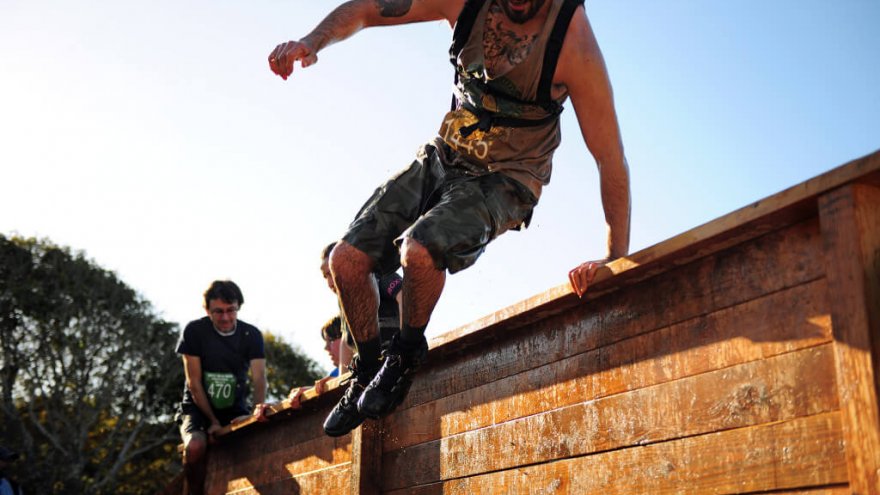
While traditional road racing is still alive and well among the running community, and events like the Boston Marathon and your hometown’s Thanksgiving Turkey Trot are definitely not declining in popularity, more and more runners are getting introduced to the world of obstacle course racing. One of the reasons obstacle course racing (OCR) is gaining traction in the fitness community is because it draws the likes of both runners and CrossFitters and weightlifters. The techniques, strengths, agility, and fitness levels needed to successfully complete an obstacle course race are not just specific to one area of athletics and fitness – so there is a larger pool of potential OCR racers and candidates to pull from! And while you might choose to do obstacle course race simply as a training run for your next half or full marathon, or as a way to gauge where your strength and endurance levels are at going into the final prep phase leading up to your powerlifting or CrossFit competition, you still need to show up fully prepared!
Basic Attire: Shorts, Shirts, and Tops
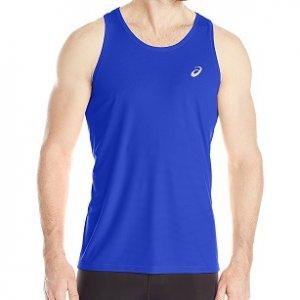
First of all, you need to make sure your basic attire fits well and is made out of the appropriate material. The tighter fitting, the better in this case, since all the running, jumping, climbing, and crawling means your clothes probably won’t stay snug if they are not form fitting. If you are not traditionally much of a runner and stick to more weight lifting styles of exercise on a regular basis, then you might be used to wearing less moisture wicking materials and have quite a few cotton based pieces hanging in your closet. While they are probably very cute and comfortable, cotton has NO place on an obstacle course race! (Except for maybe with the exception of your race t-shirt in the post-race swag bag). Runners, by and large, know the consequences of wearing shirts, bras, shorts, and leggings made out of cotton. First, they get extremely waterlogged, which will mean added weight to carry around as you run the course (and this is especially true if/when you end up rolling around in mud, dirt, grass, and muck during the race and layer that onto your clothes as well). Secondly, they chafe something terrible and painful. You will walk away on race day with sore, red, and chafed skin that will be painful to the touch and will probably deter you from being able to wear similar clothes with the same elastic lines (because they will just continue to rub the skin raw). And finally, when cotton dries with your sweat (i.e after you have crossed the finish line), it is harder to take off and can make you cold and uncomfortable.
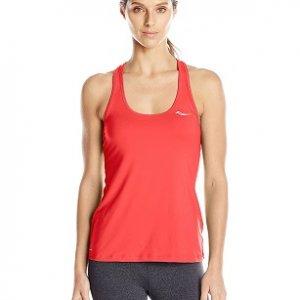
Instead, opt for clothes that are made out of nylon or spandex. These materials are breathable and wick moisture well – meaning you will stay dry, even amidst heavy sweating and any bodies of water you might have to trudge through during the race, or if the weather decides to bring a downpour of rain on race day. These materials also remain lightweight even if they are wet, and they will not chafe and rub your skin raw – even in the elastic-lined parts that hug the skin tight. And while we are on the topic, it helps to have at least one main article of clothing that is brightly colored – preferably your shirt or top. This makes it easier for your teammates and spectators to spot you.
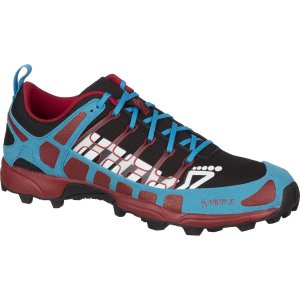
Shoes
Next up is shoes. Having the right shoes for an obstacle course race is of paramount importance. The wrong pair of shoes can leave your feet blistered, sore, wet and soggy, and even run you a greater risk of hurting yourself with a foot or ankle injury. Because OCR involves courses that wind through the woods, over muddy hillsides, and across rugged terrain (i.e. not on roads), then you will need trail-specific running shoes, or shoes that have a rougher bottom with non-metal “spikes” that help grip the ground easier. The right socks are important too. Thick socks, although they get hotter, help prevent blisters. But if your shoes fit correctly (there is enough room for just a slight amount of toe wiggle room for your footstrike, but tight enough that they don’t slide around your feet), then blisters can be avoided even with thinner socks. Aside from trail running shoes, you can also scour the web and stores for OCR shoes, which have become popular among die-hard obstacle course racers in recent years. These shoes are great because they have rugged soles but are lightweight since your shoes are bound to get water and mud-laden when taking on the obstacle course routes.
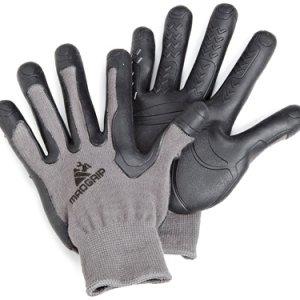
Gloves
This is a new one for those of you who have been strictly road racers in the past (except for when you are racing in colder temperatures, though the gloves you need for obstacle course racing are not the same as cold-weather gloves). On any given obstacle course route, you might be scaling walls, climbing ropes, and crawling through mud and over rocks. The last things you want or need when trying to overcome these obstacles are painful blisters and a poor hand grip. OCR gloves have “grippy” fingers and palms, to help you conquer that rope climb with success. Most gloves are brilliantly sweat and moisture proof as well, so they can be worn the entire race, even during the run when your body is sweating the most. (However, you might also choose to just carry them with you or clip them to your fuel/run belt and then slide them on when necessary for the obstacles.)
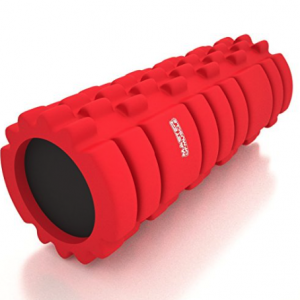
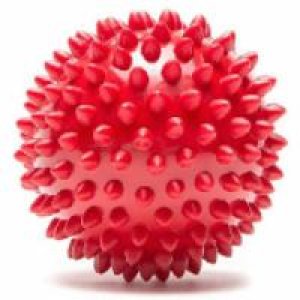
Pre-Race, Post-Race, and Recovery Gear
This one is a BIG one since it will help you prepare for the race beforehand, and help your body recover and refuel properly afterward – which means more strength and a faster turnaround time until you are back on the trail, road, or in the gym, training for your next race. If you are racing during colder months, you’ll need to show up to the starting line with some “throw away clothes” – i.e., some cheap sweatpants, sweatshirts, or blankets that help keep your body warm until the gun goes off. (Starting a race with a chilly body means it will take you longer to hit your stride, and your muscles are more likely to get injured.) After the race, you’ll want to have some extra clothes handy for sure, since your race clothes will be GROSS. (Having a couple of spare towels is also a good idea.) Recovery fuel is key too, as it is for other fitness competitions. Make sure you are getting in adequate amounts of carbohydrates, protein, and LOTS of water to replenish what was lost during the race. Other nifty tools that help you stretch and roll out/massage aching muscles are essential for speeding up recovery time, as well.
Latest Articles
 Is Running on a Treadmill Easier Than Running Outside?Runners have their own preferences, whether it is treadmill running, running outside on the road, or exploring trails. So...
Is Running on a Treadmill Easier Than Running Outside?Runners have their own preferences, whether it is treadmill running, running outside on the road, or exploring trails. So... Is It OK to Use Trail Running Shoes on the Road?While trail running shoes can be used on roads, especially in situations where a runner encounters mixed terrains or pref...
Is It OK to Use Trail Running Shoes on the Road?While trail running shoes can be used on roads, especially in situations where a runner encounters mixed terrains or pref... How to Fix Sore Quads After Running?Rest, ice, gentle stretching, and over-the-counter pain relievers can help soothe sore quads after running. Also, ensure ...
How to Fix Sore Quads After Running?Rest, ice, gentle stretching, and over-the-counter pain relievers can help soothe sore quads after running. Also, ensure ... 10 Fruits With The Most Electrolytes to Replace Sports DrinksThese fruits are high in electrolytes such as potassium, magnesium, and calcium, essential for hydration, muscle function...
10 Fruits With The Most Electrolytes to Replace Sports DrinksThese fruits are high in electrolytes such as potassium, magnesium, and calcium, essential for hydration, muscle function...

